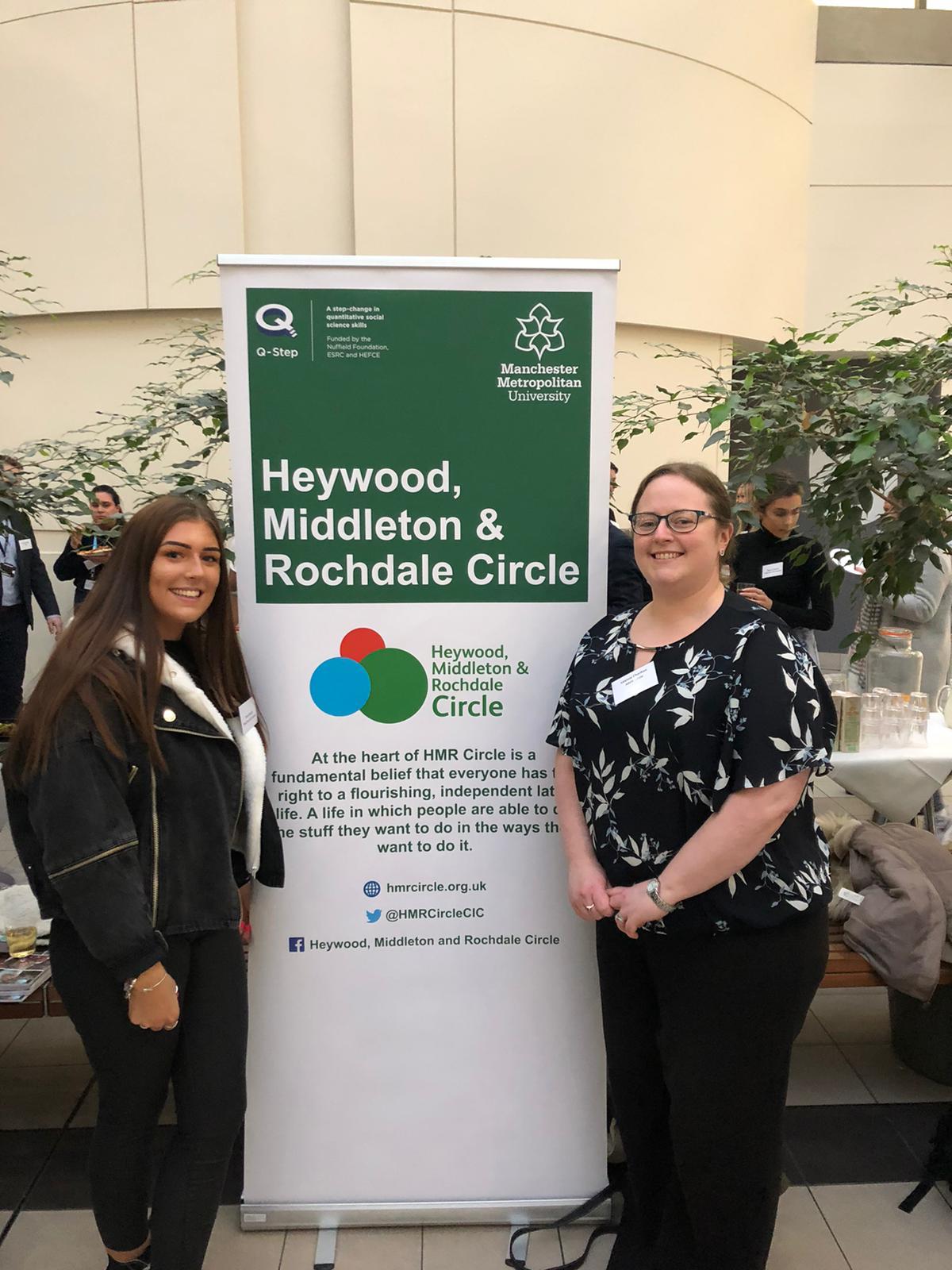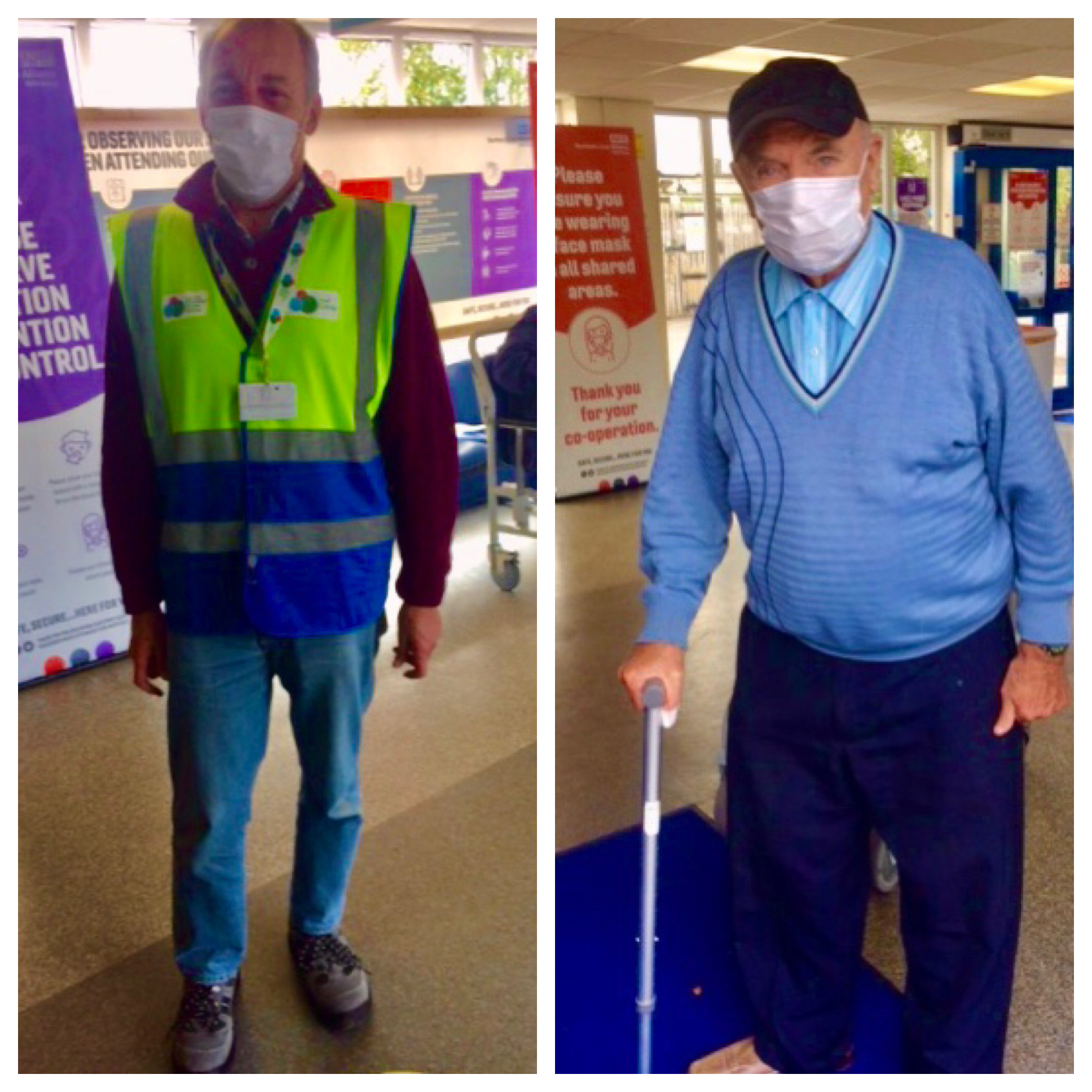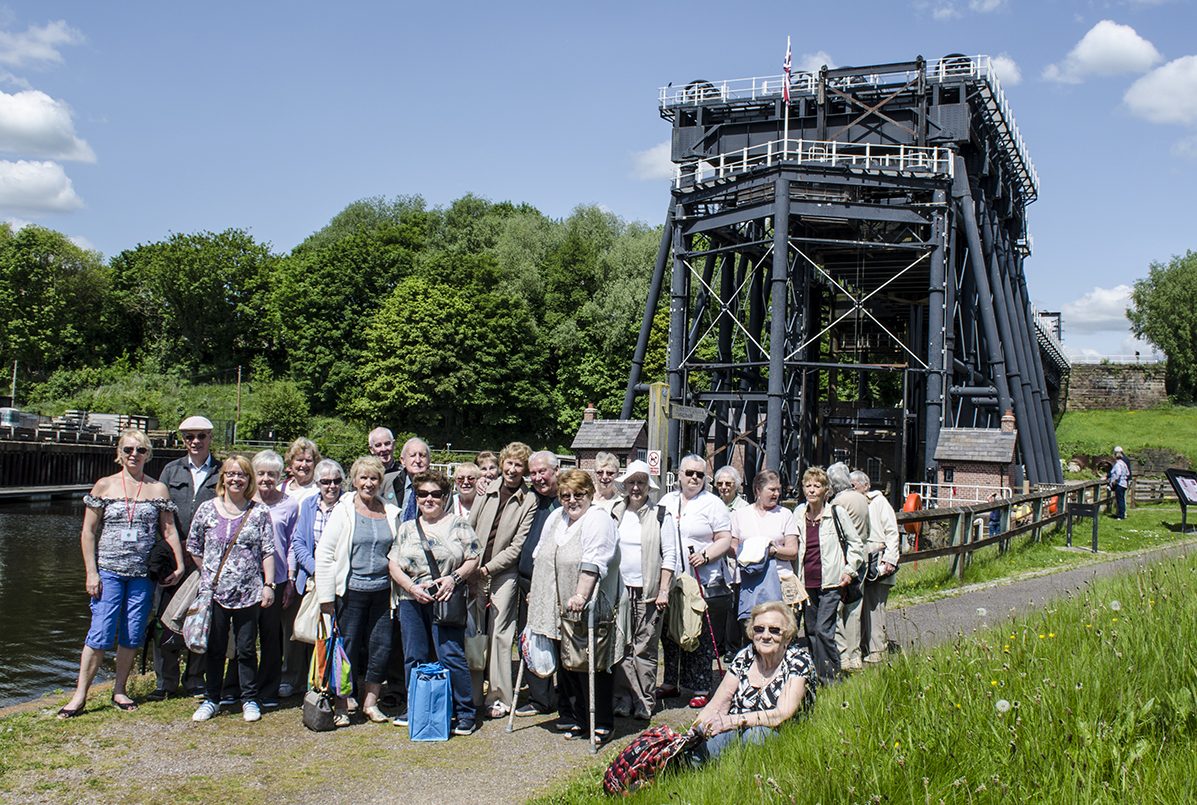Service Data: Case Study 1¶
What was the issue?¶
The problem we wanted to tackle was (and is) the reduction of social isolation amongst older people. As an organisation we work across four main themes of Social, Practical, Befriending & Transport. All our activities are designed to keep older people connected and to reduce social isolation.
To support our work we have used member surveys conducted by ourselves along with empirical evidence i.e. how many, how often. We have also compiled some case-study based analysis, see: Making a Difference.
All of this analysis was conducted by ourselves. We were aware that it may have an element of sampling bias due to what is sometimes called the interviewer effect. We wanted an independent, more systematic and structured way to understand if and how our work was making a difference.
What data was used to examine the issue?¶
We had initial conversations with Manchester Metropolitan University around their Q-Step programme. Working with the University and the researcher we were able to identify a robust methodology and targets around what information we needed from the research.
We have now completed three separate pieces of research around the work of HMR Circle and our Volunteer Drivers Service. These are:
The Circle of Life: A quantitative study carried out by Bobbi Effanga of Manchester Metropolitan University, concerning social isolation in the older population.
The Impact of the Volunteer Drivers Service: A quantitative study carried out by Emily Brown of Manchester Metropolitan University, concerning how the Members use the service and in what ways it has positively impacted their lives.
Volunteering with HMR Circle: A quantitative study carried out by Anna Kalugin of Manchester Metropolitan University, concerning volunteers at HMR Circle, the impact on their lives and the lives of our Members.

How did you use the data to examine the issue?¶
Our researchers identified that quantitative methods are the most appropriate to test a substantial amount of Circle members. Vogt (2011) maintained that the conversion of qualitative to quantitative data allows for exploration of patterns and verifications of interpretation in the data.
Across all three already completed research pieces we have used fresh data, rather than existing data sets.
We have now commissioned a new study about the response of HMR Circle to the Covid Pandemic and the effect on the people we support and work with.
How did you use the findings?¶
The objective to explore the impact of Circle’s work in reducing social isolation in older adults have been considered. One of the major findings indicates that there is a significant positive association between Circle attendance and Circle improving well-being score. Therefore, Circle members who attend events more frequently, are more likely to agree that Circle has improved their wellbeing. The research hypothesis was accepted: people with increased Circle event attendance are more likely to agree that Circle has improved their well-being.

As the research showed a positive association with being involved with HMR Circle and the Volunteer Drivers Service we are obviously pleased, and we did expect and hope that our work was making a positive difference.
Each of the three reports contained a series of recommendations to improve either the service or the experience of the older people we work with or for staff and volunteers.
These recommendations and suggestions have been implemented and have also been used as the basis for successful funding applications.
The reports have improved our service, helped us access new and increased funding and also helped us recruit and retain volunteers.
Conclusion¶
We had post report meetings with the researchers to discuss the findings and how best we could implement the findings. We have subsequently instituted changes to our feedback system with Members to ensure we could gauge their opinions on any suggested changes.
Our next piece of research is around how the organisation has responded to the Covid Pandemic. We hope this can frame how the organisation responds to change.
What we wished we knew at the outset of the projects was how far we could delve and just how much information we could actually find, and not be limited by our own expected parameters.

